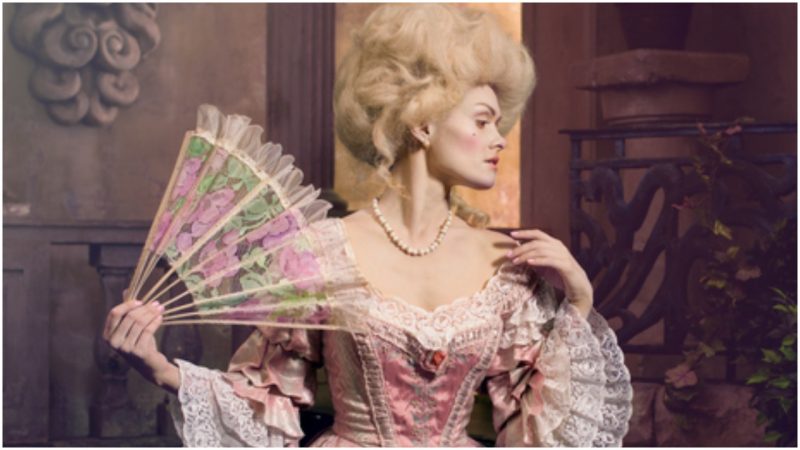The fashion world has been associated with animal cruelty and eye-catching excess over the years. But there was one particularly strange trend it followed, dating back to the tail end of the nineteenth century.
This movement not only featured living creatures, but creatures of the type that would make your skin crawl… quite literally!
In the 1890s it wouldn’t be out of place to see a respectable woman wearing a live beetle. It would be displayed in a small cage on a chain, or even worse sewn directly onto her outfit for maximum impact.
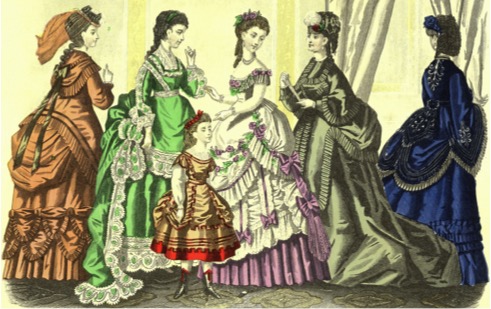
While some unsettling things came out of the Victorian era, this macabre craze really took the biscuit. How had it come to this?
The answer is a surprising one — concern for the environment. In a world where the Industrial Revolution was a relatively recent development, middle-class women felt they were losing touch with Mother Nature. The somewhat warped solution offered by their guidebooks and periodicals was to don God’s own creations by way of tribute.
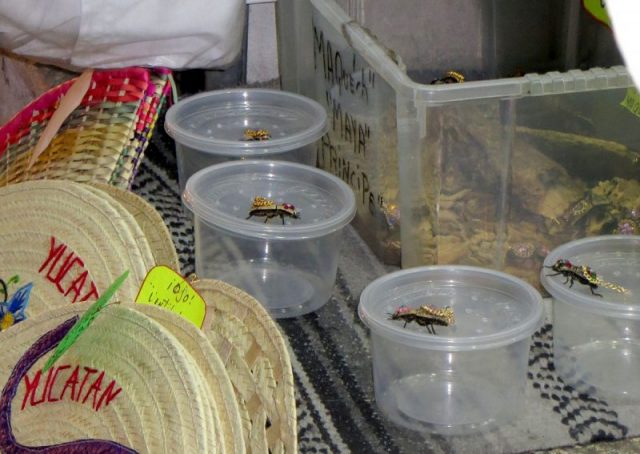
Charles Darwin’s On the Origin of Species became essential reading alongside the likes of Mrs Beeton. As author Michelle Tolini writes, in her article Beetle Abominations and Birds on Bonnets for the 2002 edition of Nineteenth-Century Art Worldwide, ladies were not only expected to appreciate the likes of taxidermy but also embrace it:
“Such craft activity was endorsed as morally and aesthetically uplifting and was deemed appropriate for woman’s role as a nurturing, virtuous exemplary.”
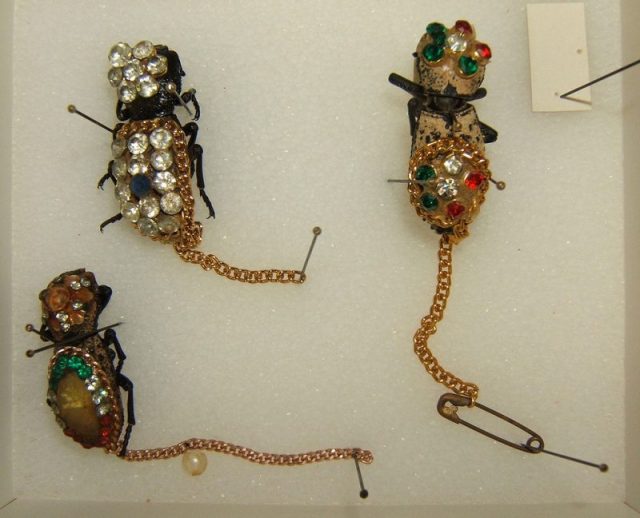
The Victorian interest in taxidermy was enormous. In 2013 The Guardian covered the book Walter Potter’s Curious World of Taxidermy by Dr. Pat Morris and Joanna Ebenstein. It explored the eccentric fantasy world of Potter’s animal tableaux, where the furry and deceased were arranged in unusual positions for the amusement of visitors to his museum in Bramber, Sussex.
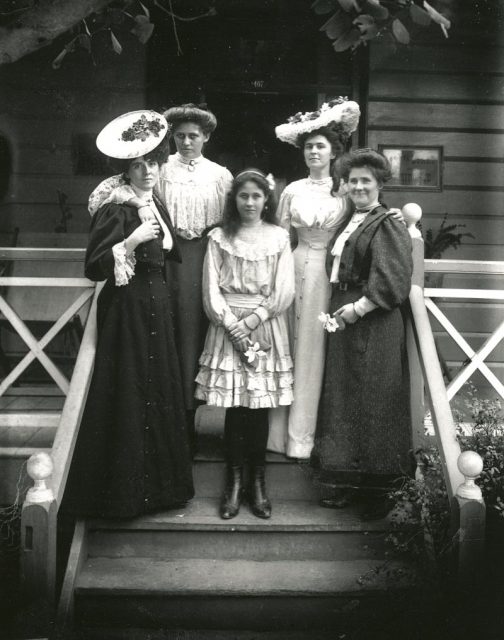
Attractions at Potter’s palace of delights included such sights as The Death & Burial of Cock Robin from 1861, featuring the spectacle of avian pallbearers.
Victorian words we should be using today
Meanwhile, the unfortunate title character rested in a miniature ornate coffin. Monkey Riding a Goat is exactly as it sounds, though the presence of the monkey in the exhibit has an unexpected tale behind it:
“According to the Bramber Museum’s guidebook… The monkey, probably an escaped pet, reportedly died of shock when a bucket of cold water was thrown over him.”
Attention soon moved on from wildlife that was merely stuffed to that of the livelier variety. Fireflies appeared in peoples’ hair, and not by accident. The aforementioned beetle was encrusted in jewels. This echoes the habits of the ancient Mayans, who adorned themselves with insect-based brooches.
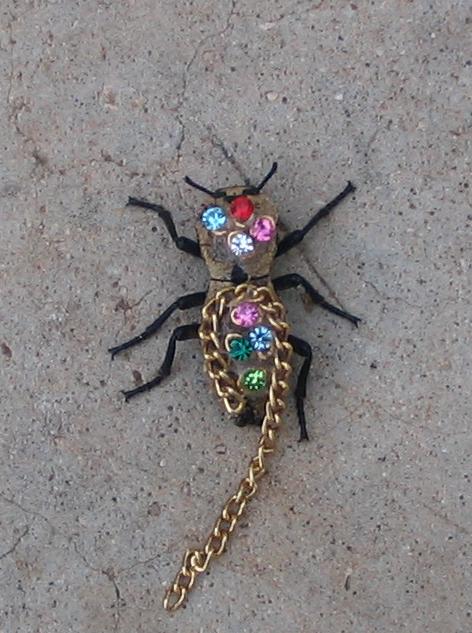
The idea of turning creepy crawlies into something sparkling in England is thought to have had its origins in the import of Indian fabrics in the mid-1800s. What began as fine embroidery from South Asia evolved into fashions of great extravagance, and a travesty of nature.
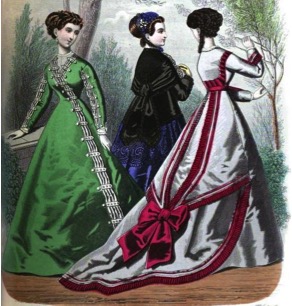
At its height, the sartorial experimentation had moved beyond bugs to other forms of life. A New York Times story from 1894 reports on the backlash against “Little Lizards,” where small reptiles were collared and fastened to haute couture.
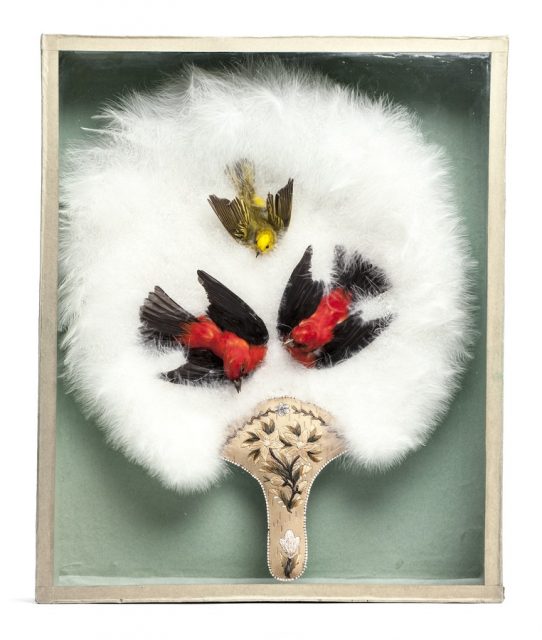
“The lizards have been sold as chameleons… and they had become quite a plaything with many people… Agents of the society (Society for the Prevention of Cruelty to Animals) yesterday visited the stores… and ordered the sales stopped… It has not been decided what is to be done with about 10,000 of the little reptiles.”
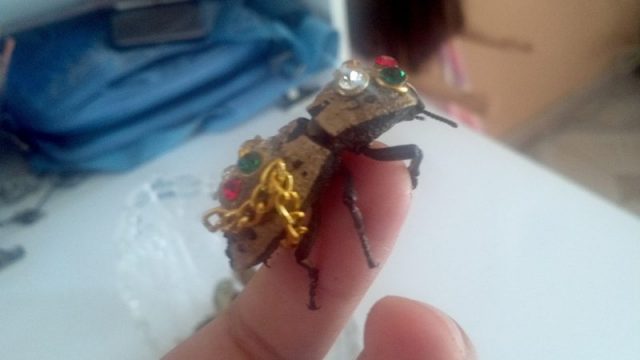
The cruel practice was eventually phased out, but this bizarre fusion of human ingenuity and the natural world remains an outrageous chapter of fashion history. One that would make even the meat-fancying Lady Gaga blush.
Steve Palace is a writer, journalist and comedian from the UK. Sites he contributes to include The Vintage News, Art Knews Magazine and The Hollywood News. His short fiction has been published as part of the Iris Wildthyme range from Obverse Books.
